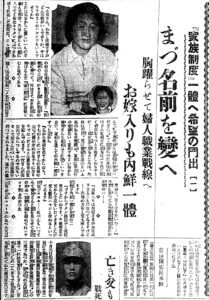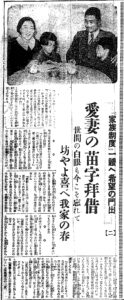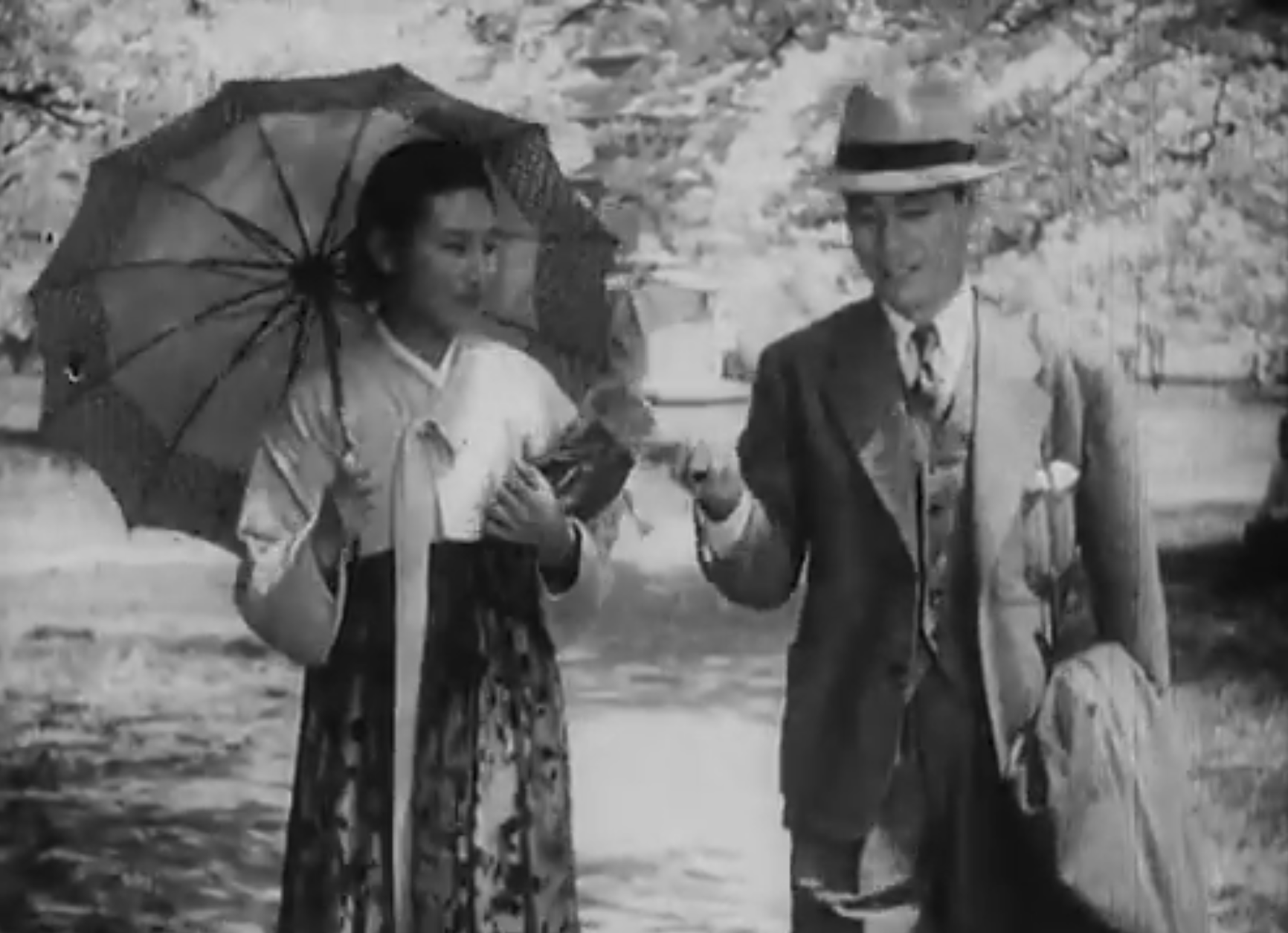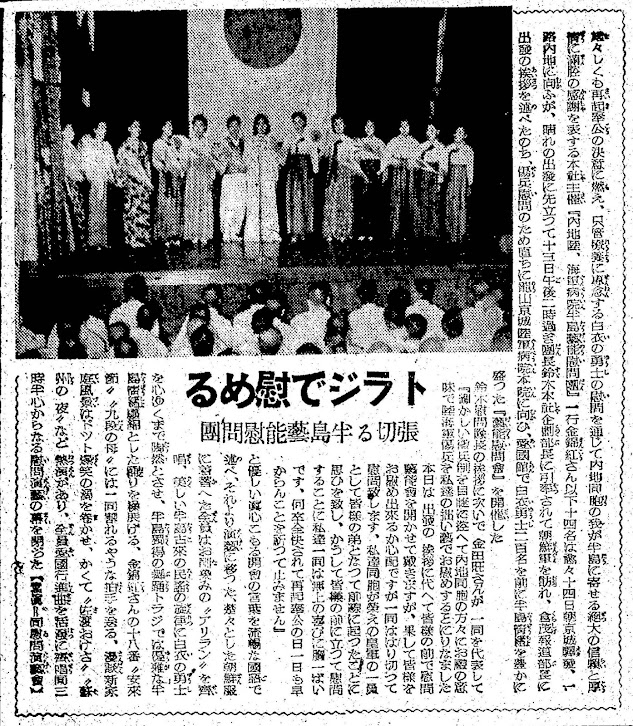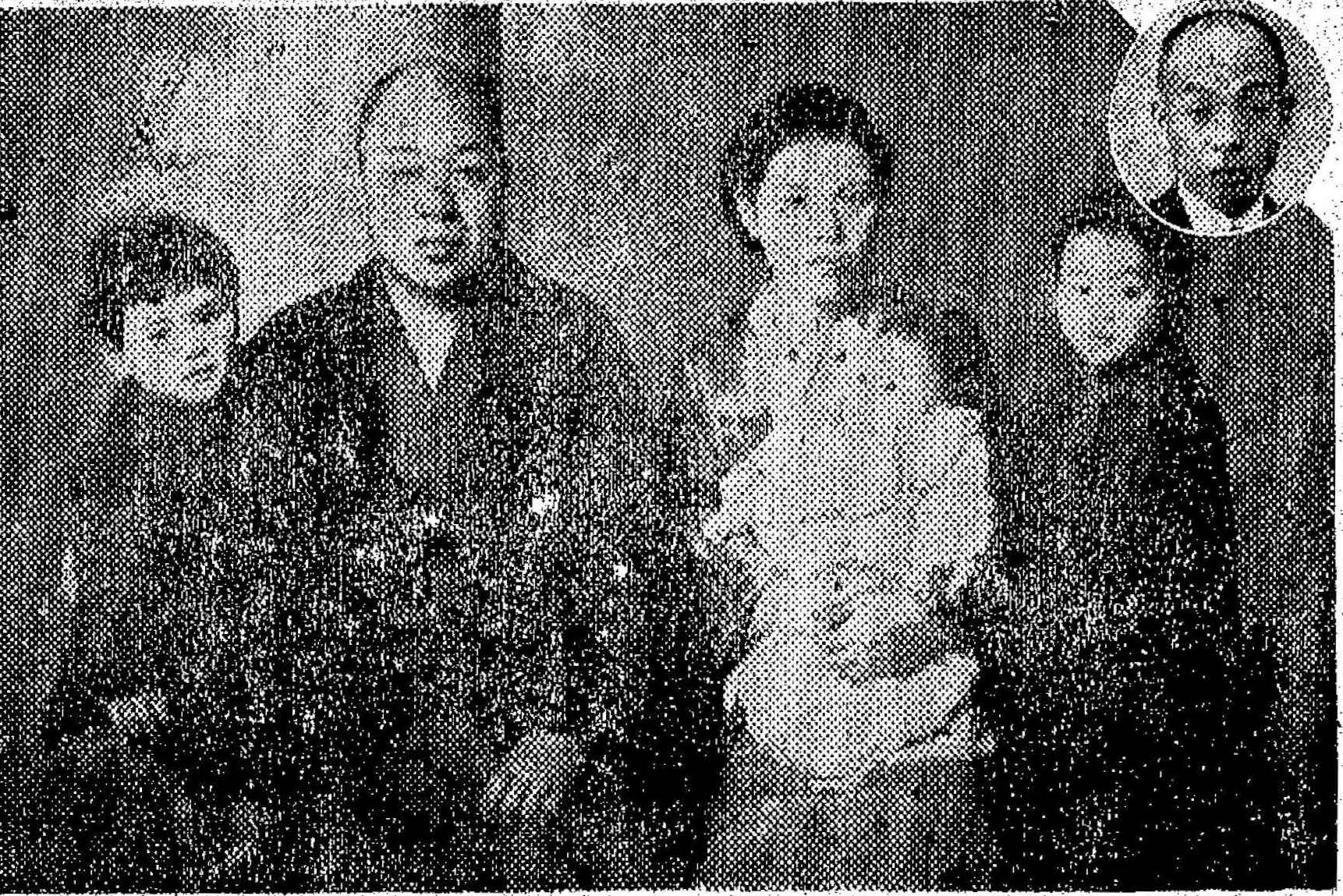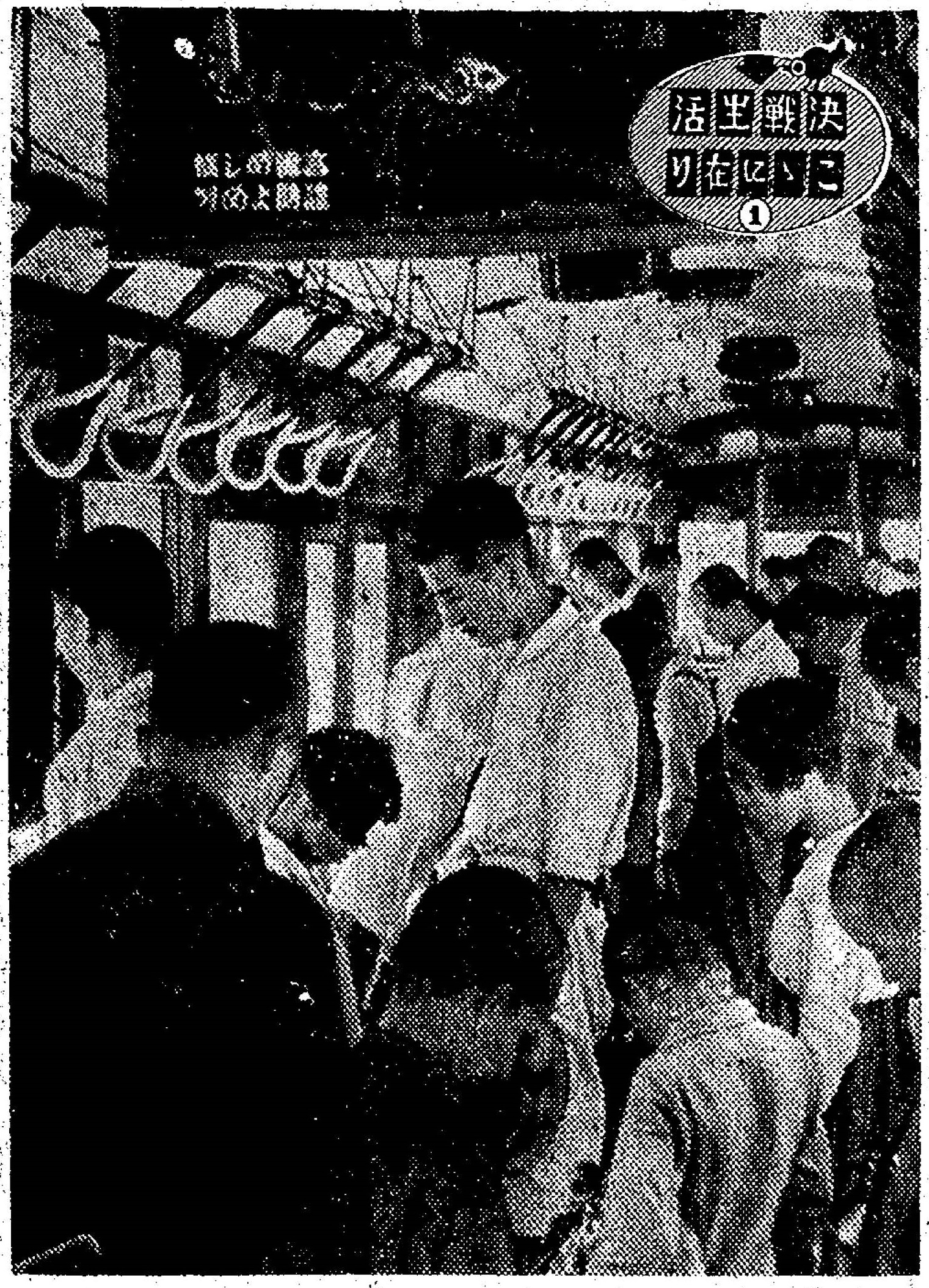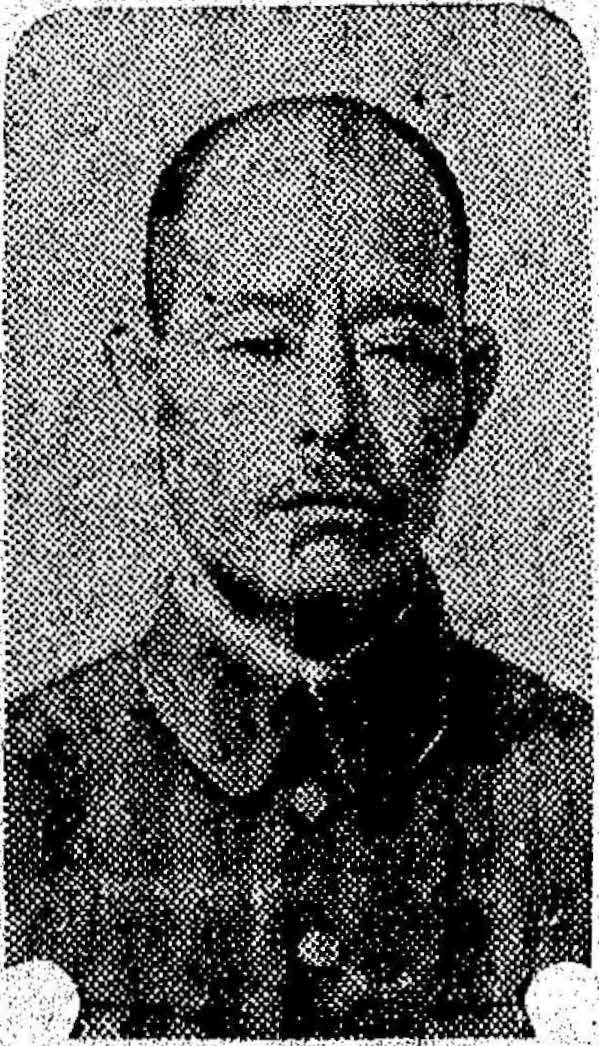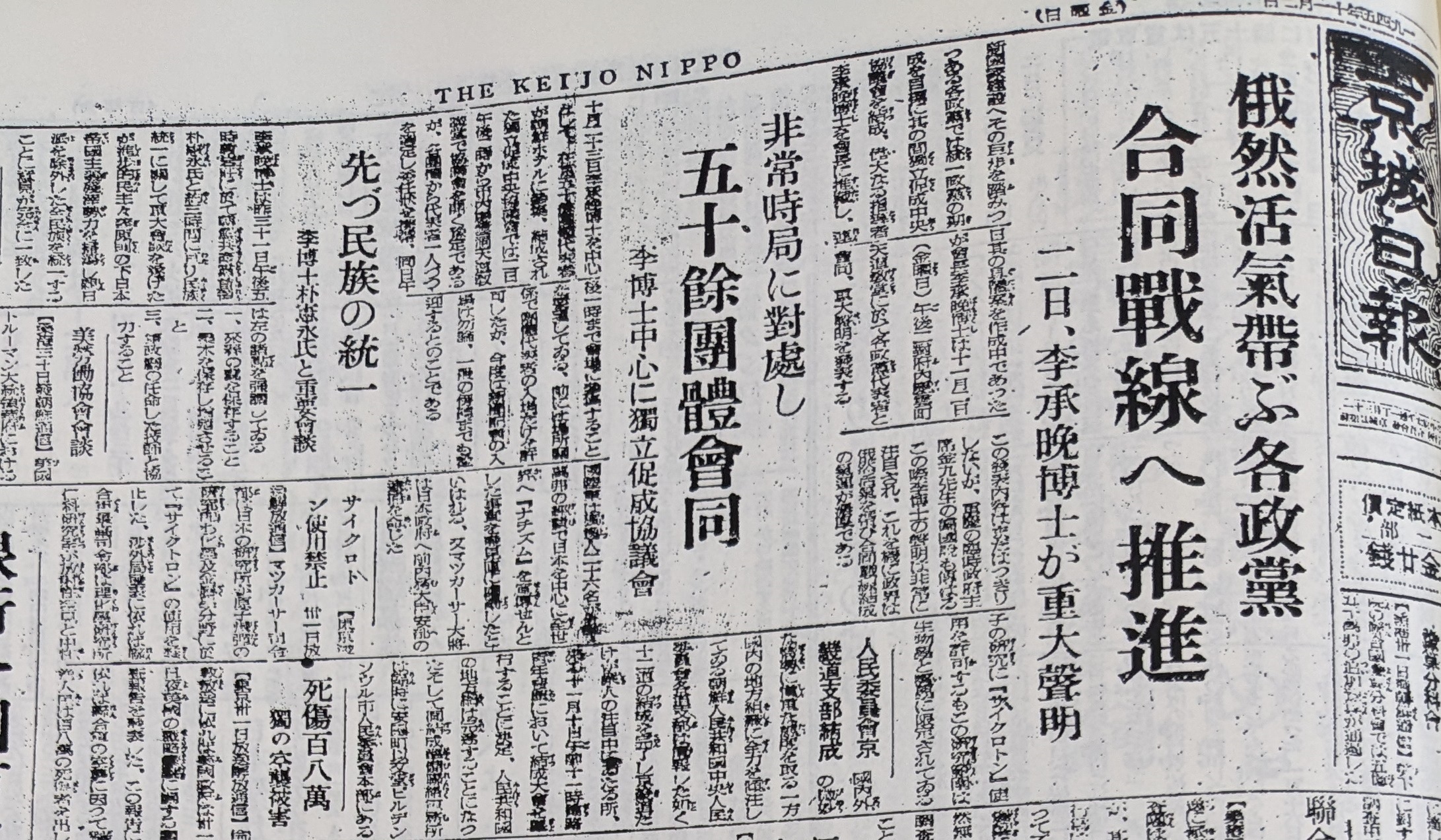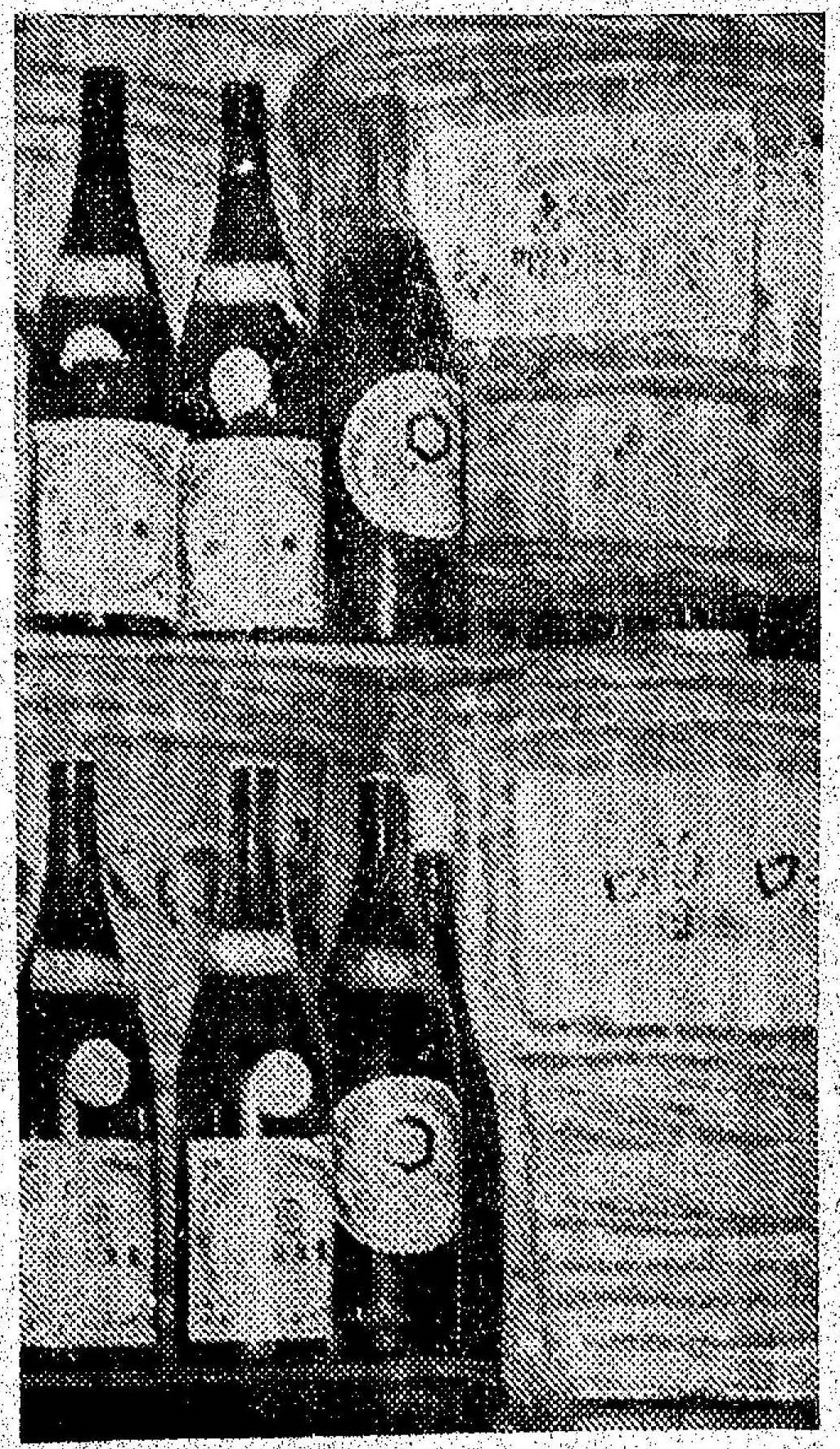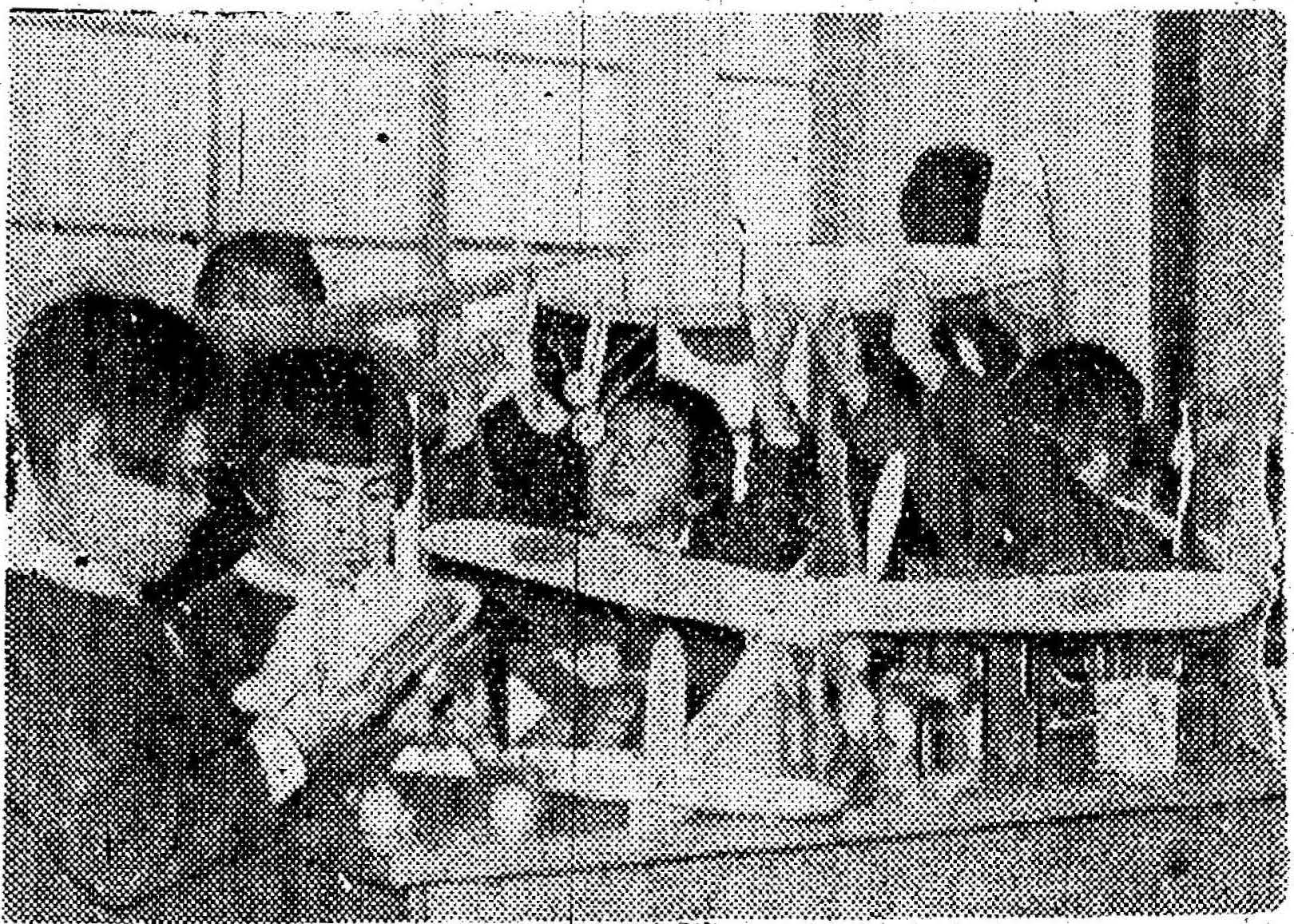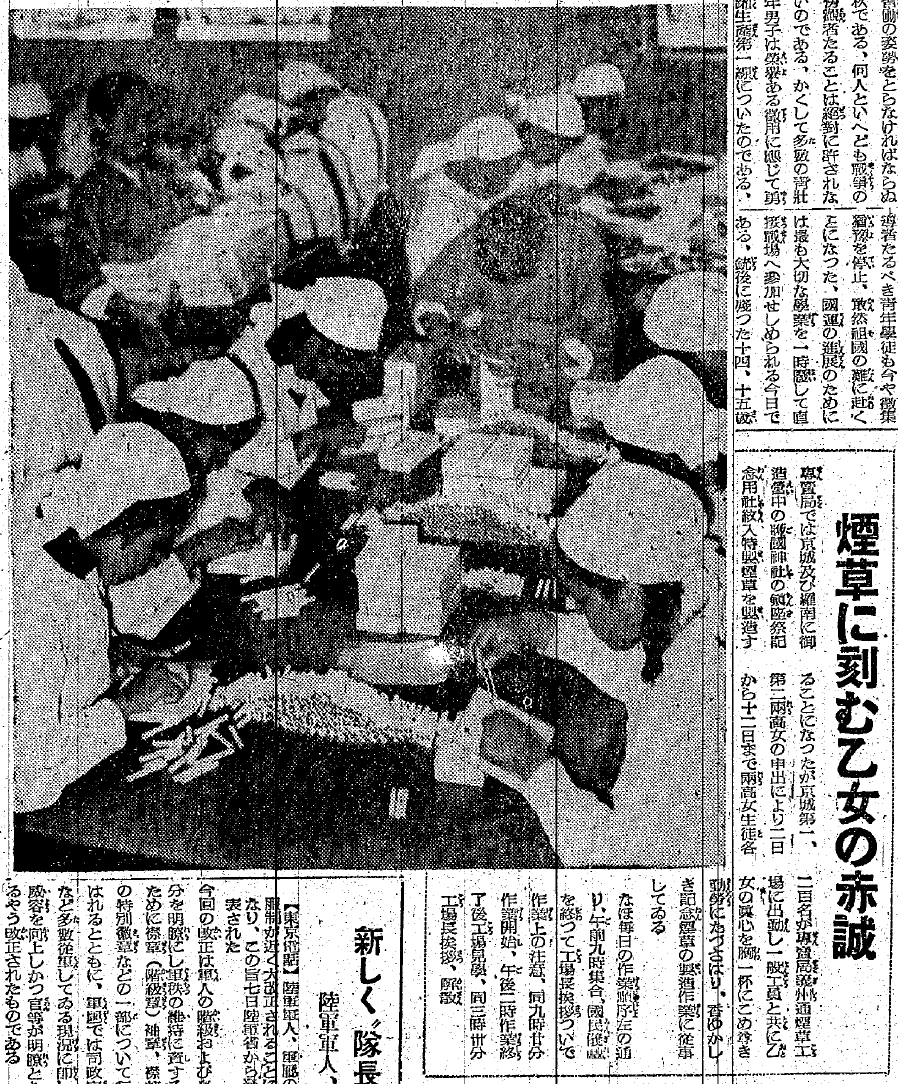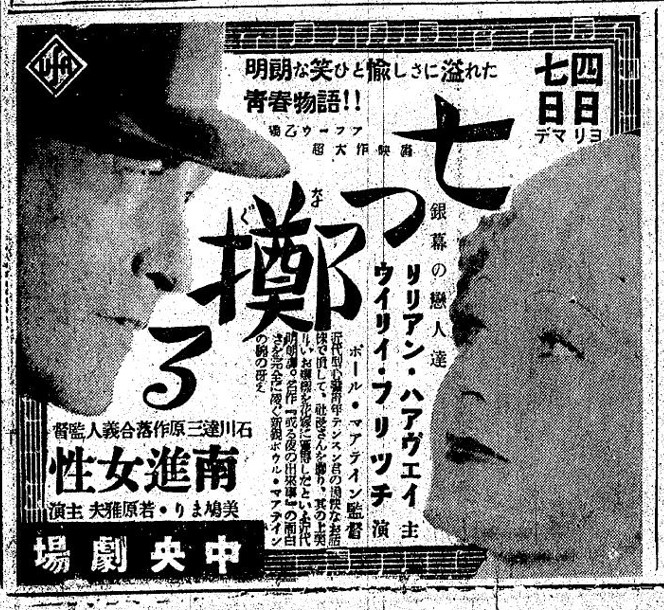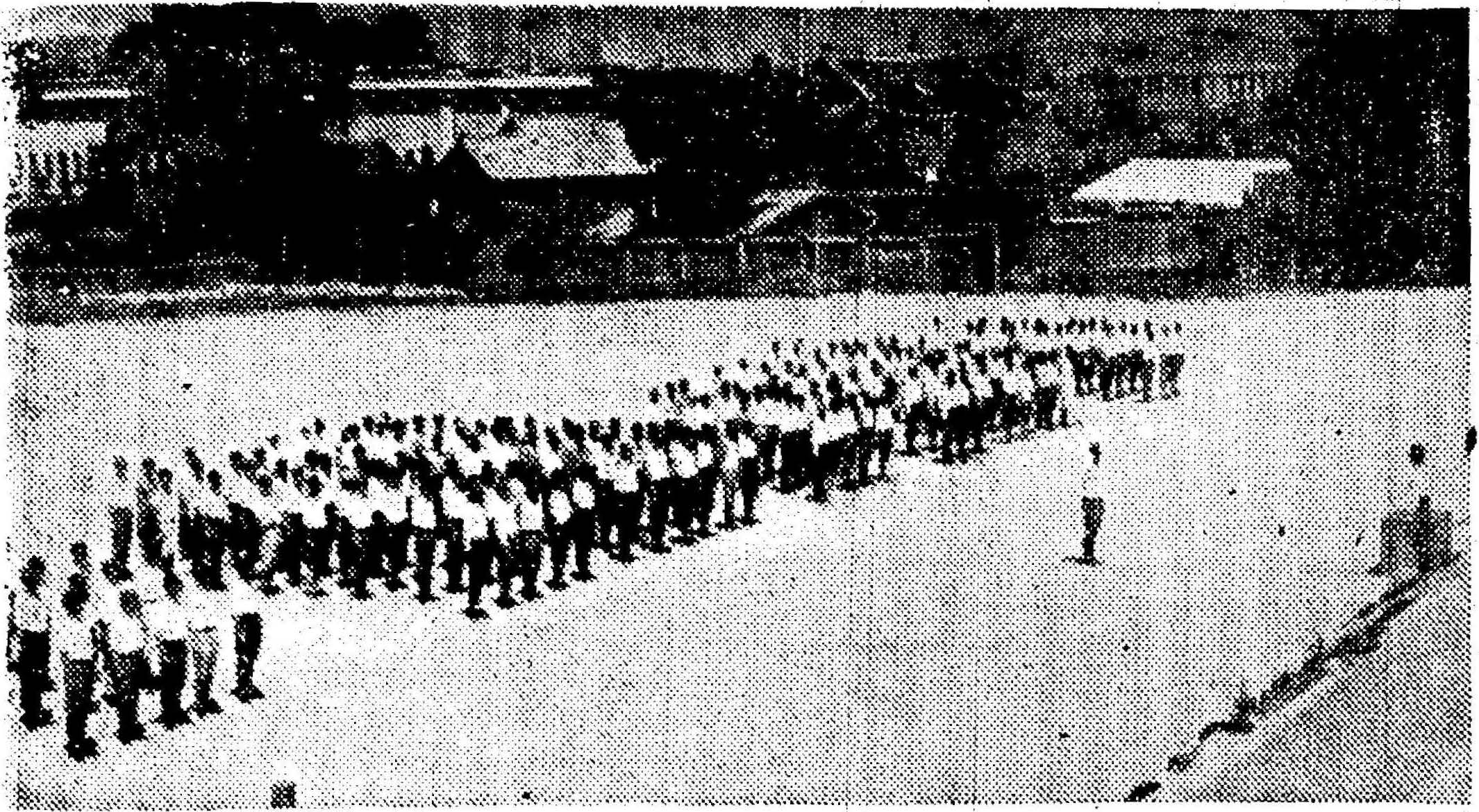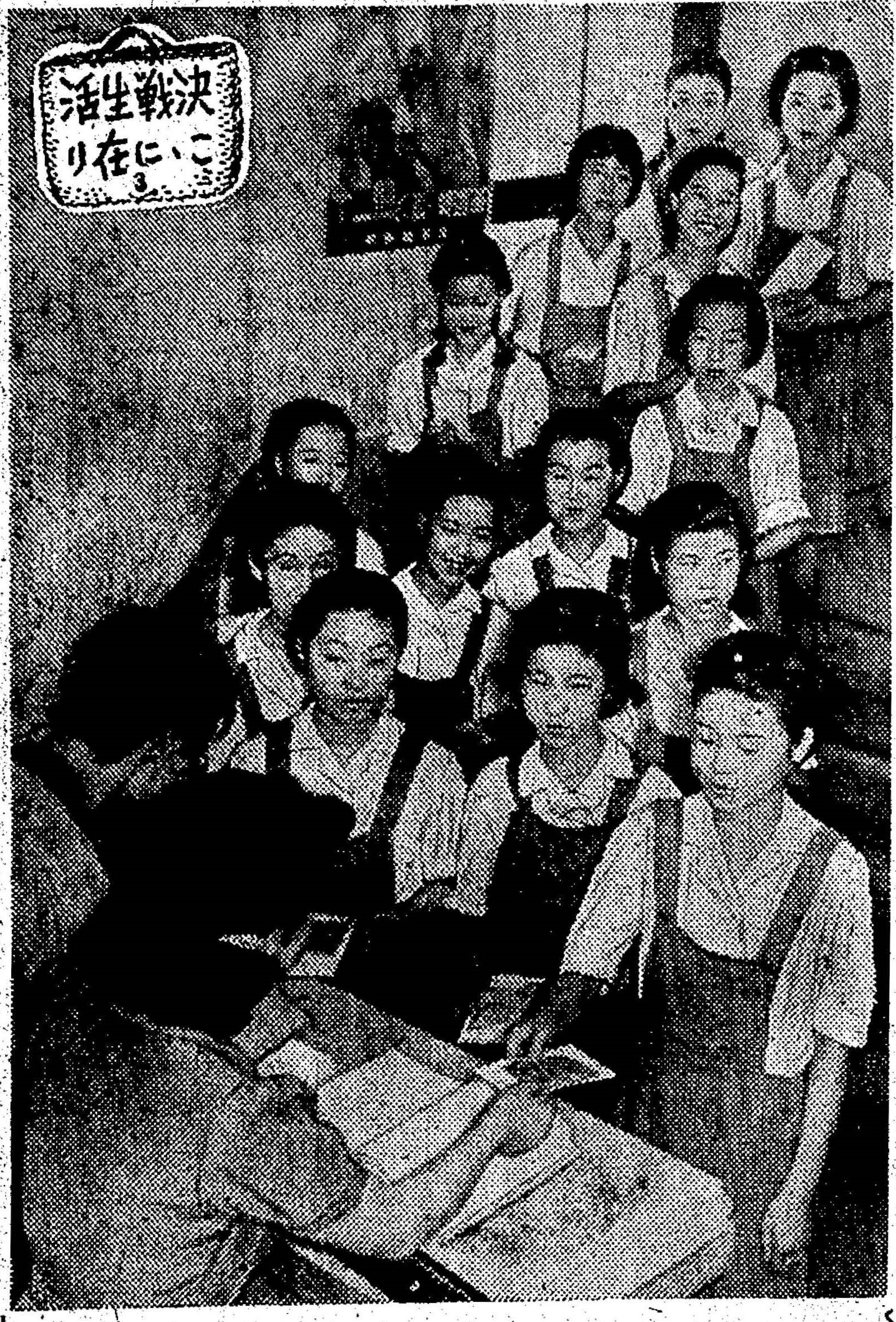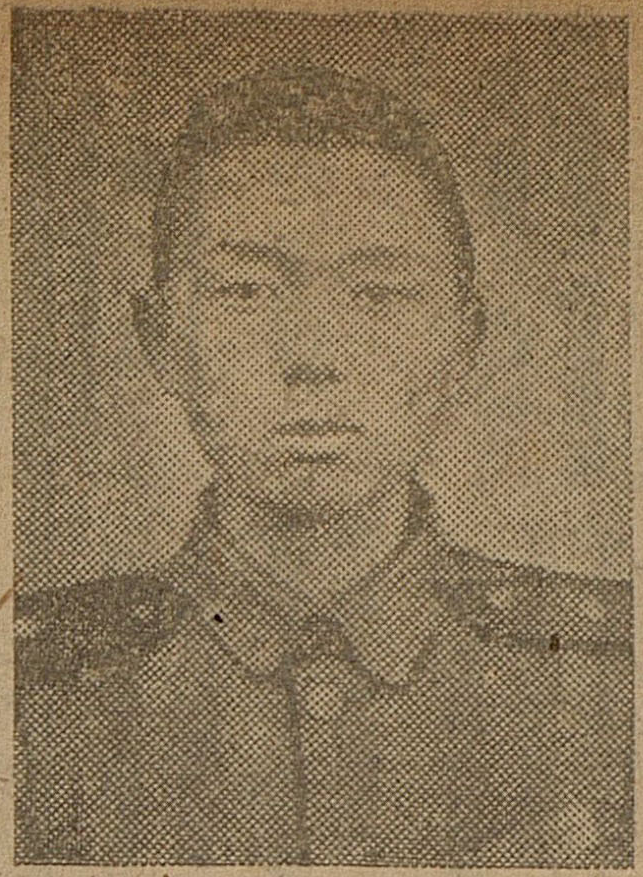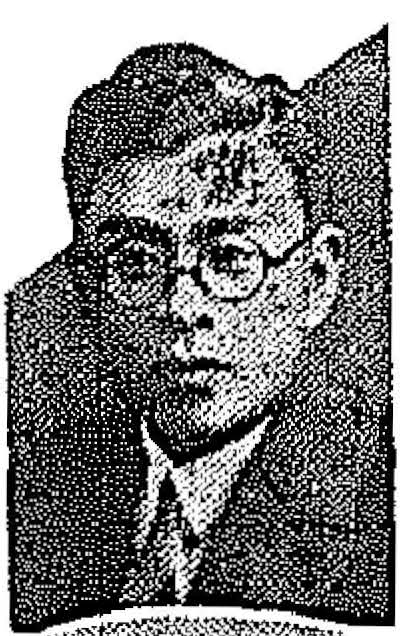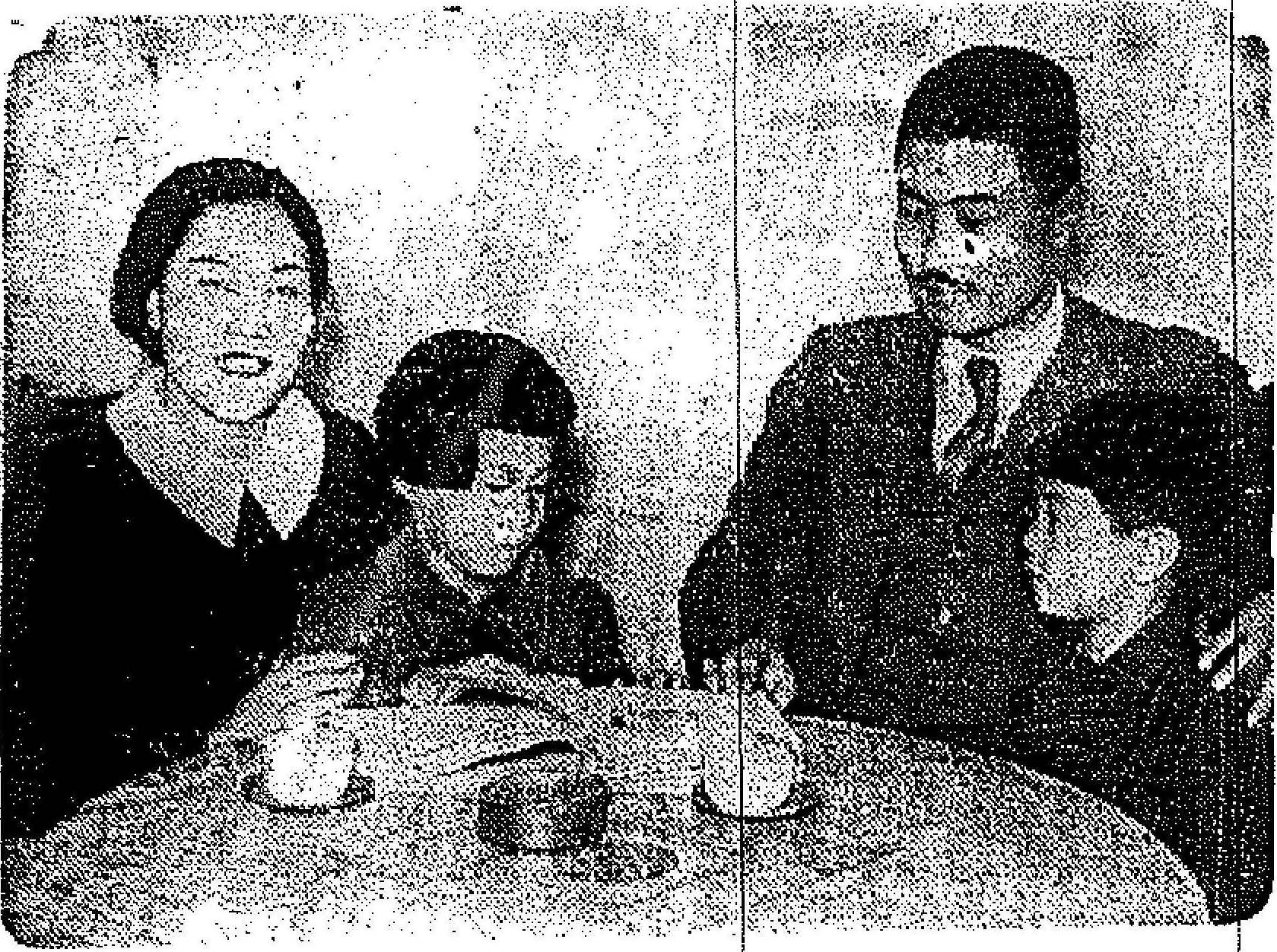
Mixed marriages in 1939 Korea: a Korean teenage girl left home and married the brother of her Japanese best friend, a Korean husband and Japanese wife met at a Tokyo music school and overcame ‘persecution’ from friends and family to become ‘pioneers of Japanese-Korean Unification’
2023-02-02
465
1260
The following two articles from 1939 profiled two mixed Japanese-Korean families: the first one had a Japanese husband and a Korean wife, and the second one had a Korean husband and a Japanese wife. In both cases, the Korean spouses took on Japanese last names, but in different ways. In the first family, the Korean wife simply Japanized her old Korean last name, Yim, into Hayashi, without adopting her Japanese husband’s last name, Se’o. In the second family, the Korean husband decided to adopt his Japanese wife’s last name, Suzuki.
These stories were presumably published to encourage Koreans to adopt Japanese last names in the wake of a November 1939 ordinance that was issued to require the creation of Japanese family names for all Koreans. Japanese-Korean intermarriages were actually relatively rare, since they were generally looked upon with disapproval by the vast majorities of both the Japanese and Korean people, so the articles may have also been published as a way to reduce the stigma of intermarriage in the public consciousness.
Unfortunately, the newspaper page was too faded on the second article to make out parts of the first paragraph, so I indicated the omitted sections with […].
(Translation)
Gyeongseong Ilbo (Keijo Nippo) November 11, 1939
A hopeful start toward the unification of the “family system” [1]
She will first change her name, and then join the Women’s Occupational Front with excitement
Marrying into her husband’s family is also Japanese-Korean Unification
“Hello Sir, my last name is Yim (林). What Japanese last name should I adopt? Would it be all right if I just went with Hayashi (林)?”
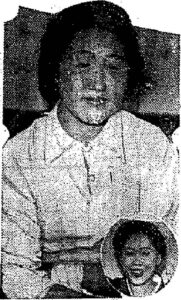
This was the question suddenly posed by a beautiful Korean woman as soon as she entered the room accompanied by an ethnic Japanese woman. This was the police counseling center in Jongno’s Whashin Department Store. She was so enthusiastic about getting rid of her old Korean name that she jumped into the counseling center, riding the whirlwind of joy caused by her freedom to change her last name.
The subject of this story is 19-year-old Yim Chang-shin (임창신, 林昌信), who lives at 2-57 Asahimachi, Seoul. Her companion was her sister-in-law, 29-year-old Se’o Kazuyo. Chief staff member Mr. Maruyama looked surprised as she related her story, her cheeks flush as though she were enraptured by her rosy future. She was born in Pyongyang. Her father was a renowned painter named Yong-hwan (용환, 用煥), who also went by the pen name Ochiyama. She was a commoner, but she had a happy family. Ever since she was little, she had a very close relationship with Kazuyo which exceeded any familial relationship. She has practiced Japanese-Korean Unification for a long time through her family.
“I graduated from elementary school, and then later on I began staying at Kazuyo’s house in Seoul when I was 17. Now we have forged an alliance as sisters-in-law. Since Kazuyo is a hairdresser, I have been learning the art of hairdressing from her. I long to become a professional woman as soon as possible,” said Mrs. Yim. Her first hope is to leave the Anbang behind and join the Women’s Occupational Front.
“My sister-in-law is helping me get settled into married life. My father wanted me to marry a Japanese man“.
Her second hope is to achieve Japanese-Korean unification through marriage.
She said, “That’s why I want to change my name to Hayashi Nobuko. This morning, I received a letter from my father in our hometown, and he is also determined to change his last name to Hayashi“.
“Hayashi Nobuko, Hayashi Nobuko“. She said it over and over again, and then she and Kazuyo looked at each other and smiled, their pure eyes narrowed in anticipation of the future that they both hoped for.
On the evening of November 9th, the day the news of the ordinance was announced, they held an early feast, unable to wait for the New Year’s holiday. [Photo: Yim Chang-shin, who will adopt the name Hayashi Nobuko. The inset photo shows her sister-in-law Se’o Kazuyo.]
Source: https://www.archive.org/details/kjnp-1939-11-11
Gyeongseong Ilbo (Keijo Nippo) November 12, 1939
A hopeful start toward the unification of the “family system” [2]
He will humbly borrow his beloved wife’s last name
Now is the time to forget the disapproving eyes of the public!
Rejoice little boy, spring has arrived in our family!
“[…] we went to Tokyo, […] and we stayed at Kinshi Kaikan Hotel. I wrote my name in the guest book along with my husband’s, but the hotel owner did not think we were husband and wife at first, because our last names were different. It was understandable though,” calmly recalled Mrs. Suzuki Misaho, a 32-year-old teacher at Jinmyeong Girl’s High School who lives at 133 Gye-dong, Seoul.
In 1930, upon graduating from the Japan Music School in Nakano, Tokyo, she and her classmate, Lee Jong-tae (이종태, 李鐘泰), who is now 29 years old, joined their souls together and encouraged each other saying, “We will keep fighting. We will refuse to succumb to whatever kinds of persecution society throws our way. Let’s dedicate our hearts and souls to become pioneers of Japanese-Korean unification!” Mrs. Suzuki is the eldest daughter of Suzuki Nagahide, a retired military medical captain from Ōdate, Akita Prefecture. After graduating from Akita Teachers School, she taught at Ōdate Elementary School in her hometown for a while. However, wanting to further develop her talent for vocal music, she soon became a student of the vocal music department at the Japan Music School. Back when she was still a child in the fifth grade of elementary school, her teacher in geography class told her, “Koreans and Japanese are peoples who share a common ancestry. They came together following annexation, so they have completely become one body“. Thus, the spirit of Japanese-Korean unification was instilled into her young mind early on. Over the ten years or so that followed, this spirit had always remained alive in Mrs. Suzuki’s mind, even as a music school student.
At that time, Mr. Lee Jong-tae, who hailed from Gimcheon, North Gyeongsang Province, happened to rise up in opposition to a school strike. It was at that time that their souls first came into contact.
“There are lots of women in Korea. Why did you have to bring a woman from Japan?” Mr. Lee was subjected to an unbearable barrage of persecution from friends and relatives alike. Needless to say, this persecution only made the couple’s determination grow stronger. Soon, Suzuko-chan was born. She is now nine years old and in the second grade at Seoul Teachers School-affiliated Elementary School. The couple are now good parents to a total of three children. They also have another daughter, Etsuko (seven years old), and a son, Tōru (five years old). Moreover, Mr. Lee is in charge of music courses at Ewha Women’s College and Buddhist College.
“Considering our children’s future, we decided to give them Japanese names, but I wonder if I can replace my own last name with a Japanese last name“.
This was the question that had never left Mr. Lee’s and Mrs. Suzuki’s minds. The long-awaited day finally arrived. With the ordinance issued on November 9th, spring suddenly came to Mr. Lee’s household. On the third day of the cheerful family discussions, he said, “I am thinking of humbly borrowing my wife’s last name and calling myself Mr. Suzuki …” Mr. Lee was in a great state of exuberance. [Photo: The family of Mr. Lee Jong-tae, who wants to take his wife’s last name.]
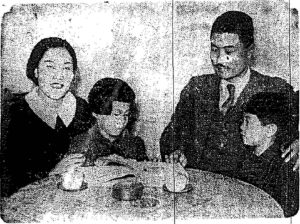
Source: https://www.archive.org/details/kjnp-1939-11-12
(Transcription)
京城日報 1939年11月11日
『家族制度』一体へ希望の門出 【一】
まず名前を変え、胸躍らせて婦人職業戦線へ
お嫁入りも内鮮一体
「小父さん、わたしは林ですが、どんな姓がいいでしょうか。やはりそのままのハヤシでもいいでしょうか」
これは見るからに麗しい一人の半島人女性が、内地人婦人と一緒に入ってくるなりトタンにぶっきらぼうに出した質問だ。ここは鐘路の和信百貨店内警察相談所。「姓変更の自由」がまき起した歓喜の渦に乗って、何はさておき相談に飛びこんだ「旧姓脱却」に意気ごむ人なのである。
当人は京城旭町二の五七林昌信さん(一九)で、連れの婦人は義姉の瀬尾一代さん(二九)。面喰らった主任の丸山さんを相手に彼女はバラ色に輝く将来をうっとり抱きしめるように、頬を染めて語るところは:生れは平壌。父は雅号を落山という名のある用煥画伯。家柄は平民だが幸福ないい家庭で小さい時から瀬尾さんと親戚以上に睦ましい付き合い。家庭を通じての内鮮一体はずっと昔から。
「私は小学校を出てからのち、十七のとしに一代さんの京城のお宅に御厄介になるようになり、今では一代さんとは義姉妹の盟を結んでいます。一代さんが美容師でいらっしゃるので、私もいままで姉さんについて美容術を習ってまいりました。憧れの職業婦人、早くなりたいわ」内房を蹴って女性職業戦線進出が希望の一。
「お嫁入りはお姉さまがお世話下さることになっていますけど、内地の方をと父も望んでいます」
結婚で内鮮一体が希望の二。
「ですからアタシ林信子と改姓改名したいのです。今朝郷里の父から手紙をいただきましたが、父も断然ハヤシと改めるといっています」
林信子、林信子。何べんもいってみて瀬尾さんと顔を見合わせて希望の未来へ純粋の瞳を細めてはニッコリ笑うのだった。
制令発布のニュースのあった九日の晩は来年正月を待ちきれぬ早手回しの祝宴を張ったということだ。【写真=「林信子」を名乗るという林昌信さんと図形が義姉の瀬尾一代さん】
京城日報 1939年11月12日
『家族制度』一体へ希望の門出 【二】
愛妻の苗字拝借
世間の白眼も今こそ忘れて
坊やよ、喜べ我家の春
「[…]上京しまして、[…]の金鵄会館に泊まったことがあります。宿帳に主人と列べて私の名前を書いたのですが、会館の主人は最初どうしても私達を夫婦だとは思って呉れないのです。夫と妻の苗字が違うんですもの。そう思うのも無理ありませんわ」と京城桂洞町一三三、進明高女教諭鈴木美佐保さん(三二)はしんみりと語るのである。
昭和五年東京中野の日本音楽学校を卒業と同時に、「どんな世間の迫害にも負けずに闘って行こう。身をもって内鮮一体の先駆者になろう!」とお互いにはげまし合いながら同期卒業の李鐘泰君(二九)と魂と魂を結んだのだった。鈴木さんは秋田県大館の退役軍医大尉鈴木長秀氏の長女。秋田師範を出て暫く郷里の大館小学校で教鞭をとったが、好きな声楽の才能を更にのばそうと間もなく日本音楽学校の声楽科の学生となったのである。鈴木さんが未だ幼い時―尋常五年の時だといっている。地理の時間に先生から、「朝鮮と日本とは同じ祖先の民族だ。それが合併して一緒になったのだから全く一体である」と幼い頭に早くも内鮮一体の精神をすっかり刻み込まれたのである。それから十何年、音楽学校生徒の鈴木さんの頭からもこの精神はいつも生きていた。
この時たまたま学校のストライキに反対して起ち上ったのが慶北金泉出身の李鐘泰君だった。二人の魂がはじめて触れ合ったのはこの時。
「朝鮮にも沢山女はいるじゃないか。何を好んで内地の女を連れて来なければならなかったのだ?」と李君は友人からも親戚の者からも堪え得られない迫害、迫害の連射を受けた。而し二人の意志は迫害を受ける度に強くなって来たのはいうまでもない。間もなく生れた鈴子ちゃんは今では九つになって京城師範附属小学校の二年生になっており、越子さん(七つ)、徹君(五つ)と三人の子供達のいい父、いい母となった。しかも李君は梨花女子専門、仏教専門で音楽講座を担当している。
「子供達の将来のことを考え、名前だけは内地式にしたが、苗字は内地式にかえられぬものだろうか」
これが李君と鈴木さんの脳裡から一刻も離れなかった問題であった。その待望の日が遂に来た。九日発布された制令と共に李君の家庭には俄かに春が訪れた。何としようかと朗らかな家庭会談三日目:「家内の苗字を拝借して鈴木ともしようかと考えているところですが...」と李君はひどい張り切り振りである。【写真=奥さんの姓を名乗りたいという李鐘泰氏の一家】
